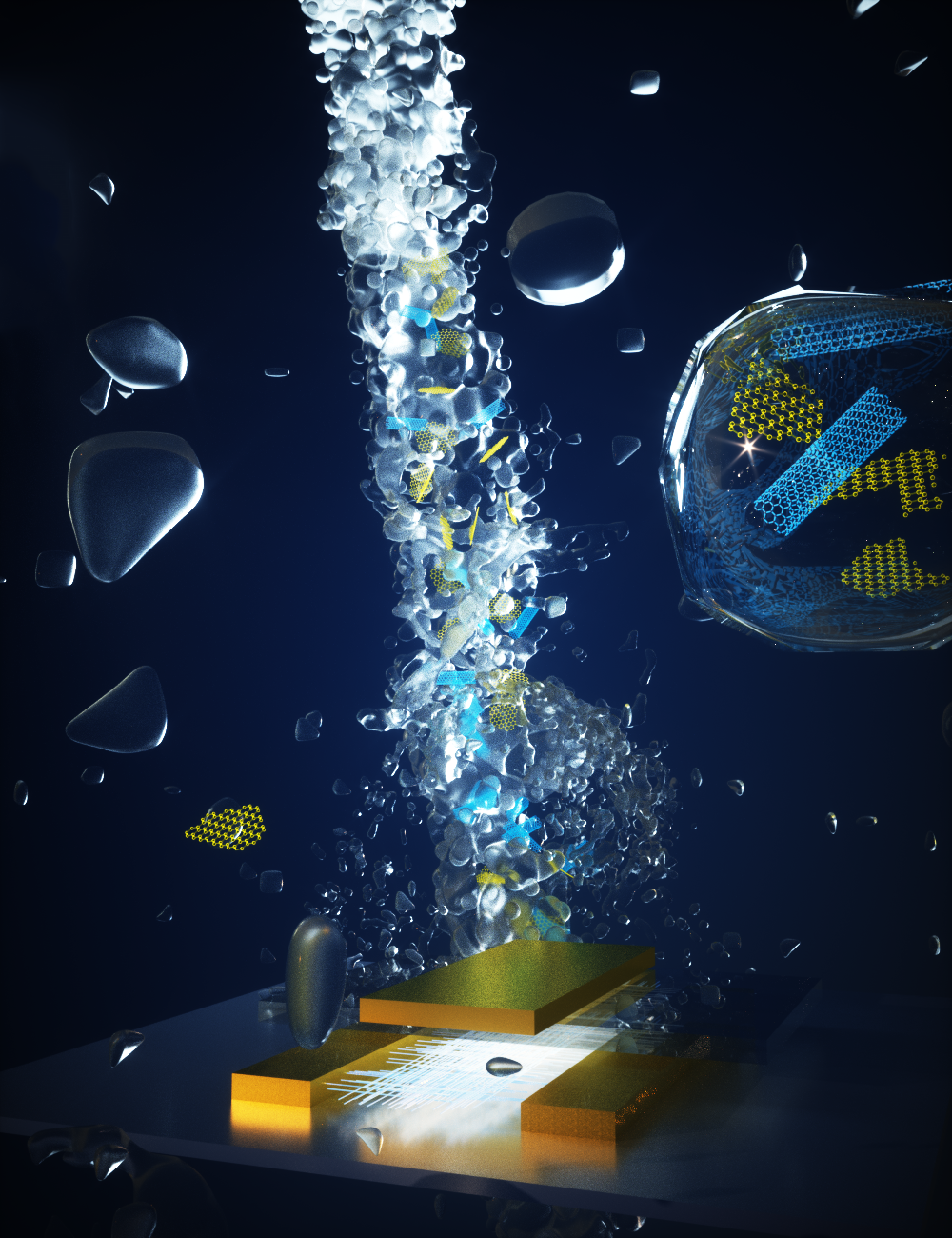Breakthrough Discovery by MIT Researchers
In a groundbreaking study, MIT researchers have engineered bacteria that emit signals detectable from a distance, unlocking exciting possibilities for a variety of applications. Published in the prestigious Nature Biotechnology, the research demonstrates how these bacteria, when exposed to specific environmental conditions, produce signals that researchers can easily spot without needing complex laboratory equipment.
Simplified Monitoring with Fluorescent Signals
This advancement in synthetic biology has opened up new frontiers in environmental monitoring, diagnostics, and bioengineering. The team has engineered the bacteria to emit specific fluorescent signals in response to various stimuli. As a result, researchers can now track bacterial activity and gain insights into microbial behavior in real-time, simply by observing these signals.
Wide-Ranging Applications in Various Fields
The implications of this technology are far-reaching. For instance, it could revolutionize methods for monitoring pollutants in the environment and detecting diseases more rapidly and efficiently. Moreover, because the signal detection process is straightforward, it is highly adaptable for use in diverse fields such as healthcare, agriculture, and even space exploration.
Future of Bio-Sensing with Engineered Microorganisms
This study paves the way for future advancements in bio-sensing. As engineered microorganisms evolve, they could become vital tools for detecting a broad spectrum of biological or chemical markers. With these bacteria, scientists can collect real-time data as well as gain access to the hidden microbial world, which traditional sensors often overlook.







